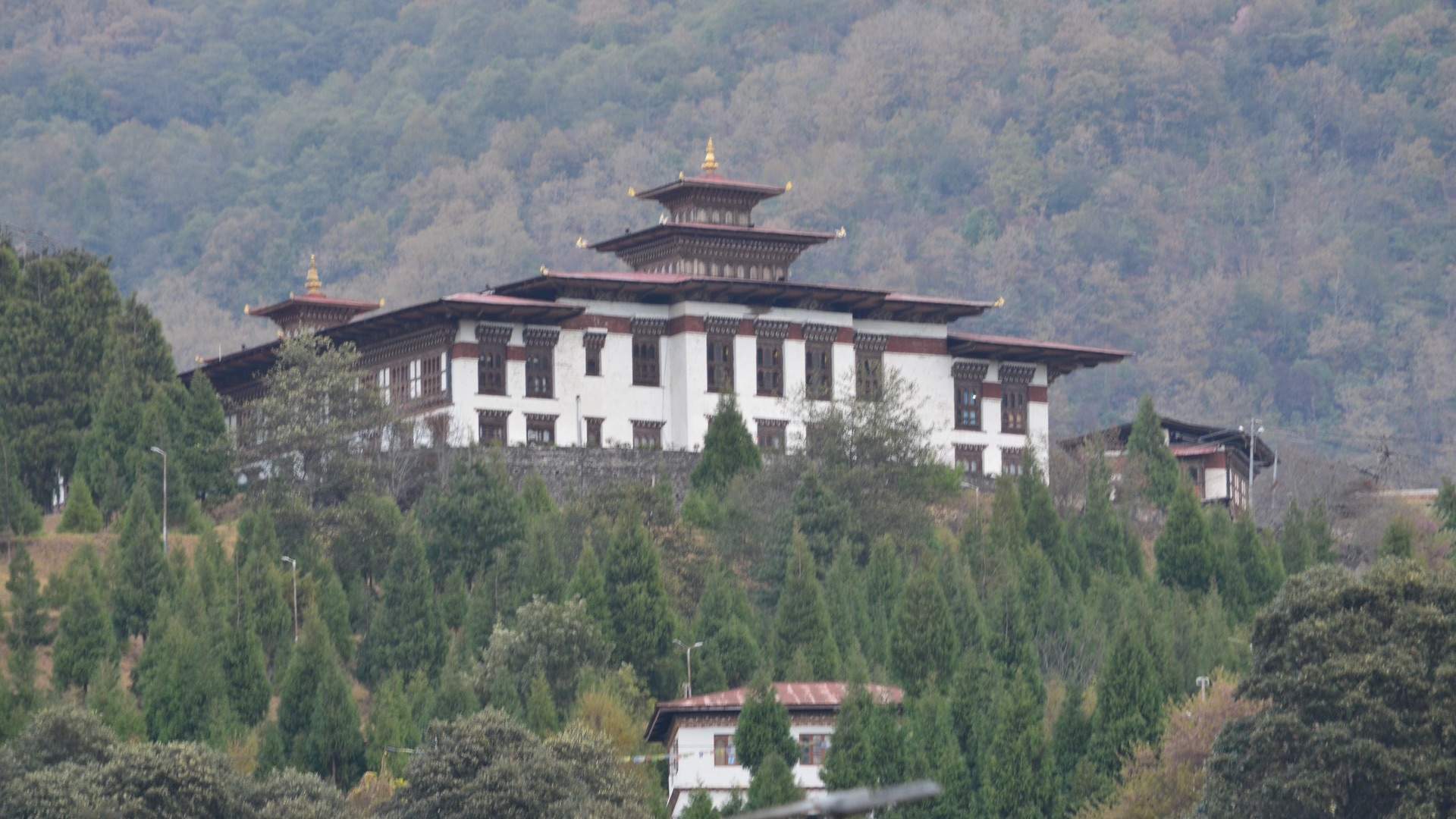
Trashiyangtse District (Dzongkha: བཀྲ་ཤིས་གཡང་རྩེ་རྫོང་ཁག་, romanized: bkra shis g.yang rtse rdzong khag) is one of the twenty dzongkhags (districts) comprising Bhutan. It was created in 1992 when Trashiyangtse district was split off from Trashigang District. Trashiyangtse covers an area of 1,437.9 square kilometres (555.2 sq mi). At an elevation of 1750–1880 m, Trashi yangtse dzongkhag is rich of culture filled with sacred places blessed by Guru Rimpoche and dwelled by Yangtseps, Tshanglas, Bramis from Tawang, Khengpas from Zhemgang and Kurtoeps from Lhuentse.
Trashiyangtse was named by Terton Pema Lingpa during his visit in 15th century meaning; (the fortress of the auspicious fortune).
Administrative Center: The administrative center of Trashiyangtse Dzongkhag is Trashiyangtse town, where government offices, schools, and other facilities are located.
Culture and Heritage: Trashiyangtse is rich in cultural heritage, with numerous sacred sites, monasteries, and traditional festivals. The district is famous for its intricate wood carvings, which adorn many temples and buildings. One of the most significant religious sites is Gom Kora, a temple built around a sacred cave where Guru Rinpoche (Padmasambhava) meditated.
Tourism: Trashiyangtse attracts tourists with its natural beauty, cultural attractions, and opportunities for outdoor activities such as trekking and birdwatching. Tourist attractions include the Gom Kora Temple, Chorten Kora, and the Trashiyangtse Dzong. The district is also a gateway to the nearby Sakteng Wildlife Sanctuary, known for its biodiversity and unique cultural heritage.
Economy: Agriculture is the primary economic activity in Trashiyangtse, with crops such as rice, maize, barley, and potatoes being cultivated. Livestock farming, including yak herding, is also significant. Additionally, tourism and the production of handicrafts play a role in the local economy.
Education and Healthcare: Trashiyangtse has schools providing primary and secondary education to the local population. The district also has healthcare facilities, including hospitals and clinics, to cater to the healthcare needs of its residents.
Transportation: The district is accessible by road, although the road network may be limited in some areas. Travelers can reach Trashiyangtse by road from other major towns and cities in Bhutan.
VISION
A model Dzongkhag rich in cultural heritage and environment with enhanced livelihood and cohesive society.
MISSION
- Preserve and promote Cultural Heritage
- Ensure sustainable utilization of natural resources
- Develop quality infrastructure
- Provide efficient and effective public services
- Enhanced livelihood opportunities
Administrative divisions
Trashiyangste District is divided into eight village blocks (or gewogs):
